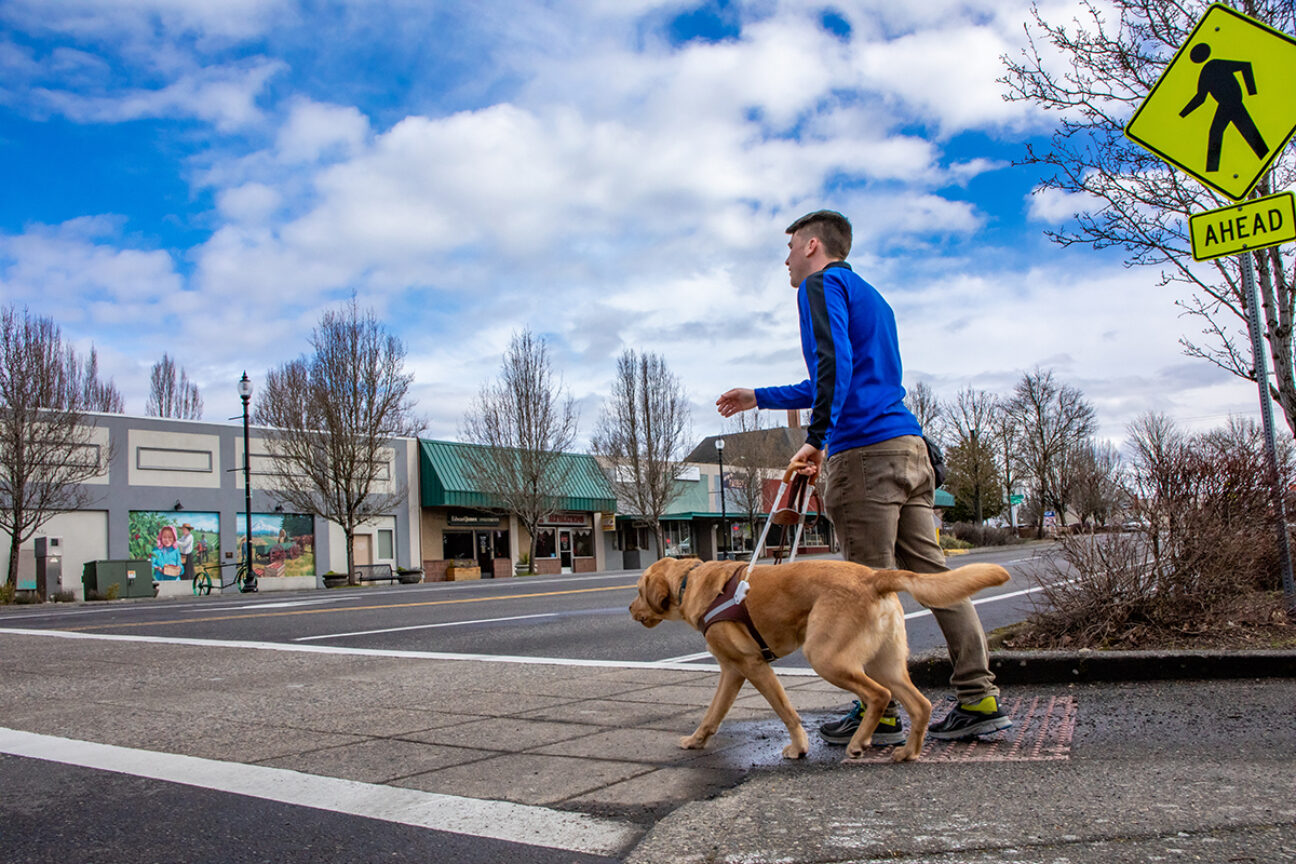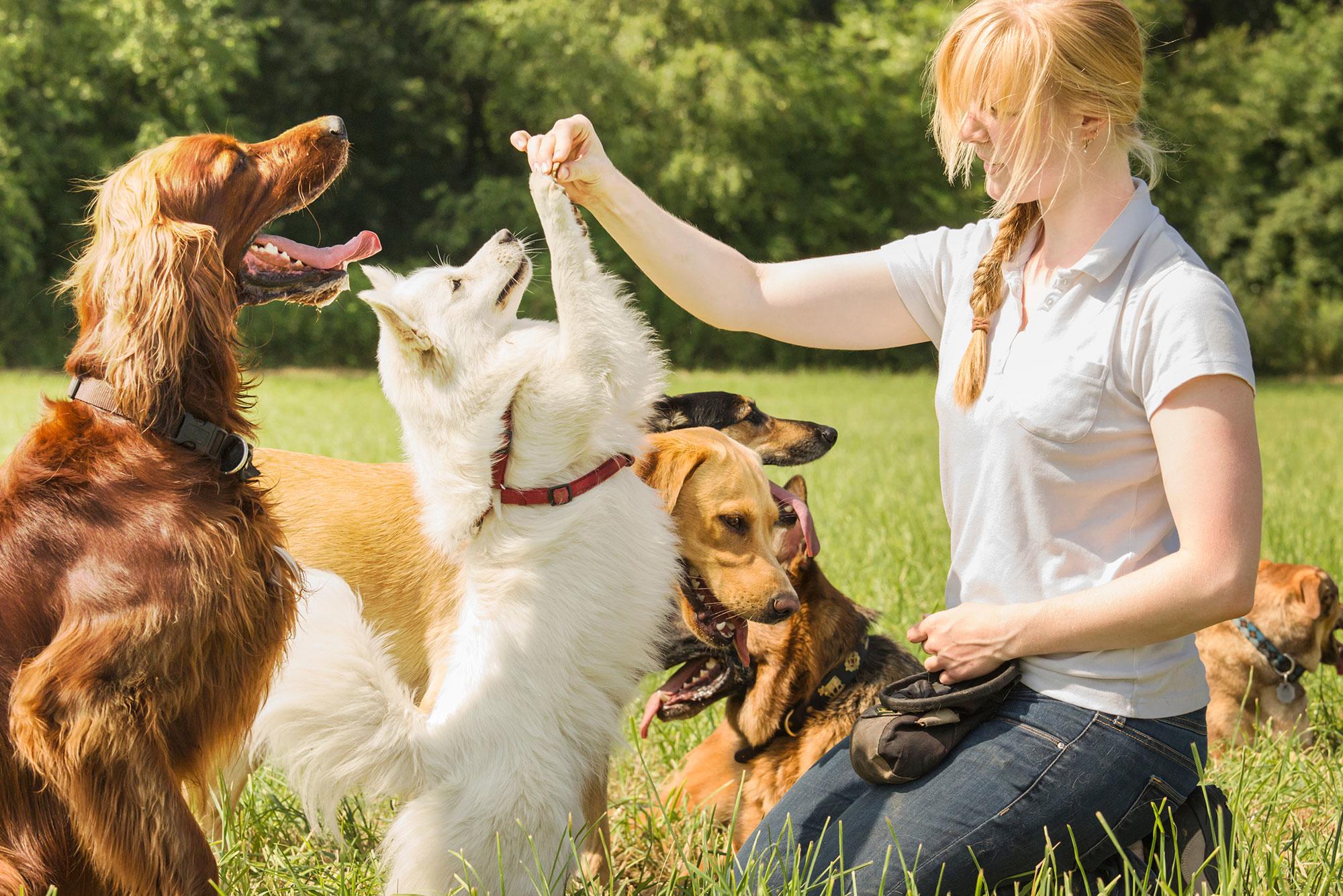How Professional Dog Training Can Enhance Your Dog’s Skills and Behavior
How Professional Dog Training Can Enhance Your Dog’s Skills and Behavior
Blog Article
Transform Your Dog's Actions With Proven Training Methods
Changing your pet's behavior needs a nuanced understanding of their individual attributes and requirements, in addition to the application of tried and tested training techniques. By utilizing positive support and acknowledging essential signs in their body movement, you can successfully resolve typical behavioral problems such as excessive leaping or barking. Consistency in your training approach not only improves obedience but also fosters a deeper bond of count on and regard between you and your animal. However, the path to successful improvement may provide unforeseen difficulties that warrant additional exploration.
Understanding Dog Actions
Understanding canine behavior is important for efficient training and communication between people and their canine buddies. Pet dogs, as social pets, show an array of habits influenced by genetics, environment, and experiences - Dog training. Recognizing these actions aids owners tailor their training approaches to fulfill the particular requirements of their canines
Secret aspects of dog actions consist of body language, vocalizations, and social interactions. Furthermore, socializing plays an important duty in shaping actions; canines that communicate favorably with numerous people and other pets are typically more well-adjusted and adaptable.
Additionally, acknowledging stress and anxiety signals-- such as panting, pacing, or avoidance habits-- can protect against acceleration into much more serious problems. Proprietors that are in harmony with their pet dog's actions can develop a caring and safe setting, fostering count on and improving the training process. Inevitably, a deep understanding of canine behavior lays the structure for a harmonious partnership and effective training end results, guaranteeing both pet dogs and their proprietors thrive together.
Favorable Support Techniques
Favorable reinforcement techniques are widely identified as one of the most reliable techniques for training canines, promoting a positive learning environment. This approach entails fulfilling desired behaviors with treats, appreciation, or play, thereby encouraging the pet dog to repeat those actions. Unlike revengeful techniques, positive support develops trust and enhances the bond in between the trainer and the canine.
Rewards ought to be provided right away complying with the preferred behavior to aid the pet dog make the link. Consistency is also important; using the same commands and rewards helps the pet understand what is anticipated.
It is essential to note that favorable reinforcement is not regarding bribery; instead, it is concerning reinforcing good actions. Gradually, as the pet finds out to associate certain actions with favorable results, the regularity of rewards can be progressively decreased, transitioning to spoken appreciation or periodic benefits. This approach not just encourages obedience however likewise advertises a confident and happy dog, making training an extra satisfying experience for both celebrations involved.
Addressing Usual Problems
Attending to typical issues throughout canine training is vital for ensuring a harmonious and effective partnership in between the canine and its proprietor. Numerous pet proprietors encounter behavioral obstacles, such as too much barking, jumping, and chain pulling. Comprehending the root causes of these habits is important for efficient training.
To minimize this, give sufficient physical exercise, mental excitement, and chances for social communication with both humans and various other pets. Educating the pet dog to rest upon greeting can reroute this actions positively.
Leash pulling is one more prevalent concern, regularly resulting from a canine's passion to discover. Utilizing proper leash taking care of techniques, incorporated with training protocols that encourage loose-leash walking, can considerably boost this actions.
Furthermore, problems like source safeguarding or separation anxiety require tailored methods. Steady desensitization and counter-conditioning can be reliable in dealing with these challenges. By acknowledging and proactively managing these common concerns, pet dog proprietors can foster an extra enjoyable training experience and enhance the bond with their canine friends.
Consistency in Training

To accomplish consistency, it is essential that all members of the household stick to the very same training methods. As an example, using the same verbal signs and hand signals makes certain that the dog obtains consistent messages. Additionally, the timing of corrections and benefits should correspond; prompt support enhances the chance that the canine will link the behavior with the end result.
Regular method sessions, paired with organized schedules for feeding, walking, and play, assistance pet dogs prepare for and understand their atmosphere, making them much more receptive to training. Eventually, uniformity cultivates a sense of protection and trust fund, empowering pet address dogs to learn much more properly.
Structure a Solid Bond
Just how can promoting a strong bond between a canine and its proprietor click now boost the training experience? A strong connection developed on depend on and regard acts as the foundation for effective training. When a pet dog really feels safe and secure in its connection with its owner, it is more probable to exhibit favorable actions and be responsive to finding out. This bond urges the canine to involve completely in training sessions, as it watches the proprietor as a source of guidance and assistance.
In addition, a solid bond assists in far better communication. Dogs are proficient at reviewing human cues, and a trusting relationship enables more clear signals during training. Proprietors that invest time in building this bond with play, socialization, and positive support develop an atmosphere where pet dogs feel anxious and inspired to discover.
In addition, a reputable connection can reduce anxiousness and behavior problems, as pet dogs are less likely to act out when they feel understood and looked after. For that reason, prioritizing the growth of a strong bond not just boosts the training experience yet also contributes to a happier and much more well-adjusted canine. Ultimately, the journey of training changes right into a collective collaboration, resulting in lasting behavioral renovations.
Conclusion

Proprietors who are attuned to their dog's behavior can develop a nurturing and have a peek at this site secure atmosphere, cultivating trust and boosting the training procedure. Eventually, a deep understanding of canine habits lays the foundation for an unified partnership and efficient training outcomes, guaranteeing both dogs and their proprietors prosper together.
Addressing usual concerns during dog training is vital for guaranteeing a effective and unified connection between the pet and its owner.Consistency is a foundation of effective dog training, as it develops a clear framework for the dog to recognize expectations and behaviors.In verdict, changing a dog's actions with proven training approaches needs an understanding of canine actions, the application of favorable reinforcement strategies, and an emphasis on consistency.
Report this page